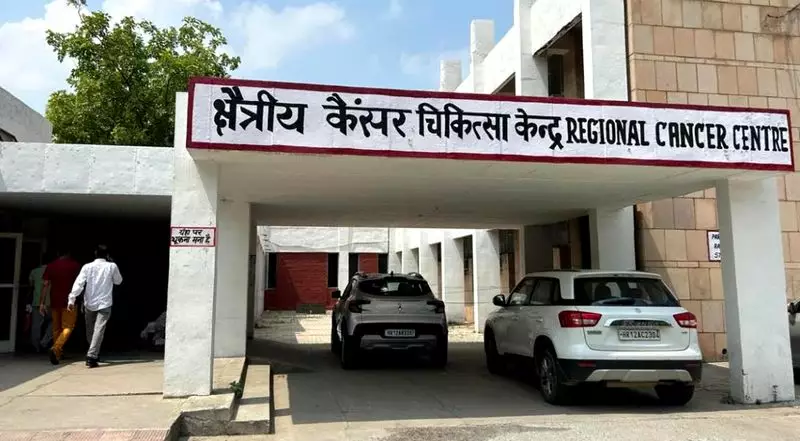
Medical experts in Haryana are sounding the alarm as the state witnesses a dramatic increase in head and neck cancer cases. Hospitals across the region, particularly the prestigious Post Graduate Institute of Medical Sciences (PGIMS) in Rohtak, are reporting a surge that has put healthcare professionals on high alert.
A Disturbing 40% Surge in Cancer Patients
According to recent data, Haryana has experienced a 40% increase in head and neck cancer cases over recent years. Dr. Rakesh Gupta, a senior professor and expert in the field, revealed that PGIMS Rohtak now registers approximately 1,500 new head and neck cancer patients annually. This marks a significant jump from previous years and indicates a growing public health crisis.
The demographic most affected by this alarming trend includes individuals aged between 40 and 60 years, with a particularly heavy concentration among those in their 50s. Medical records show that men are disproportionately affected, though cases among women are also rising steadily.
Tobacco and Alcohol: The Primary Culprits
Doctors have identified clear patterns linking the cancer surge to lifestyle factors. Tobacco consumption in various forms emerges as the dominant risk factor, responsible for approximately 90% of all head and neck cancer cases in the state. This includes not only cigarette smoking but also the widespread use of chewing tobacco, gutka, and khaini, which are particularly prevalent in the region.
Alcohol consumption compounds the risk significantly. Dr. Gupta emphasized that alcohol acts as a synergistic risk factor, meaning it dramatically increases the cancer-causing potential of tobacco when both substances are used regularly. This dangerous combination has created a perfect storm for cancer development among the population.
Treatment Challenges and the Importance of Early Detection
The management of head and neck cancers presents substantial challenges for both patients and healthcare providers. Treatment typically involves complex surgeries, radiation therapy, and chemotherapy, often resulting in significant side effects that can impact basic functions like speaking, swallowing, and breathing.
Medical professionals stress that early detection dramatically improves treatment outcomes. They urge the public to be vigilant about persistent symptoms such as mouth ulcers that don't heal, white or red patches in the mouth, difficulty swallowing, hoarseness lasting more than three weeks, and neck lumps. Any of these symptoms warrant immediate medical attention.
Doctors at PGIMS Rohtak are advocating for comprehensive tobacco cessation programs and public awareness campaigns as crucial preventive measures. They believe that targeting the youth with education about the dangers of tobacco could help curb this disturbing trend in the long term.
The rising cancer cases not only represent a health crisis but also place considerable strain on the state's healthcare infrastructure and family resources, highlighting the urgent need for intervention at both individual and policy levels.





